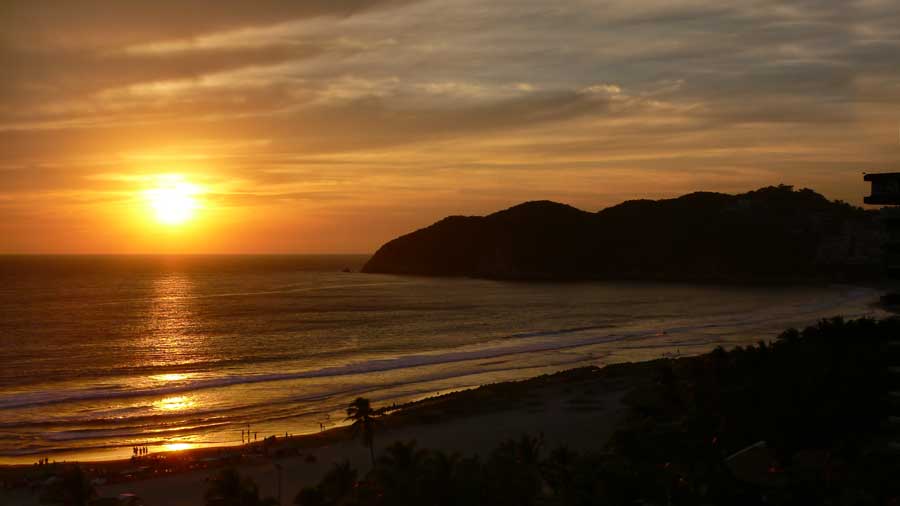What Is Available Light Anyway?
Today’s Post by Joe Farace
A kind of golden hour one remembers for a lifetime… Everything was touched with magic.—Margaret Bourke-White
It ‘s 3 AM and a clanging alarm clock jolts you into semi-consciousness. It’s pitch black outside; last night’s storm has subsided but it’s still five degrees below zero. Ten inches of fresh snow covers the countryside. No other creatures are stirring, yet you are planning on going out in this weather to make photographs.
To make yourself comfortable you’ll need long johns, wool socks, heavy boots, layers of shirts and pants, gloves, perhaps a scarf, and a hat with ear flaps), brush snow from the car, scrape ice off its windshield, and drive fifty miles on as yet unplowed roads. When you arrive at your destination and you may have to hike to the spot you’ve selected, set up a tripod in the dark, mount the camera, and wait—for what?
You’ll be waiting for the first rays of morning light to illuminate the sky— The Golden Hour—those precious fleeting minutes when the quality of light provides photographers with images that separates photographs from mere snapshots. Is the wait worth it? You’d better believe it is.
While the early bird usually gets the worm the key word here is usually. This is what it looked like one early morning when I looked out my window. There wasn’t going to be a Golden Hour today and that happens as many times as it doesn’t happen. So don’t be disappointed when you make the effort to get up early and Mother Nature doesn’t cooperate.
Tips: A sunset can happen rather quickly, so it’s important to have most of your work done in advance. You should already know which ISO setting and lenses you are planning to use. In order to do this you should have also previously scouted the location and determined the best spot to place your camera. Do you have a foreground object or landmark to add some interest? My photo, alas, does not and relies on the image’s color to carry the photograph. Doing your planning before the golden hour arrives leaves you free to concentrate on the proper exposure for the scene as the sun drops (and it does change fast) and framing the image properly.
Joe is co-author with MPT Contributor Barry Staver of the sadly out-of-print ‘
Better Available Light Digital Photography,’ which may be found at your favorite used book stores or on eBay.






